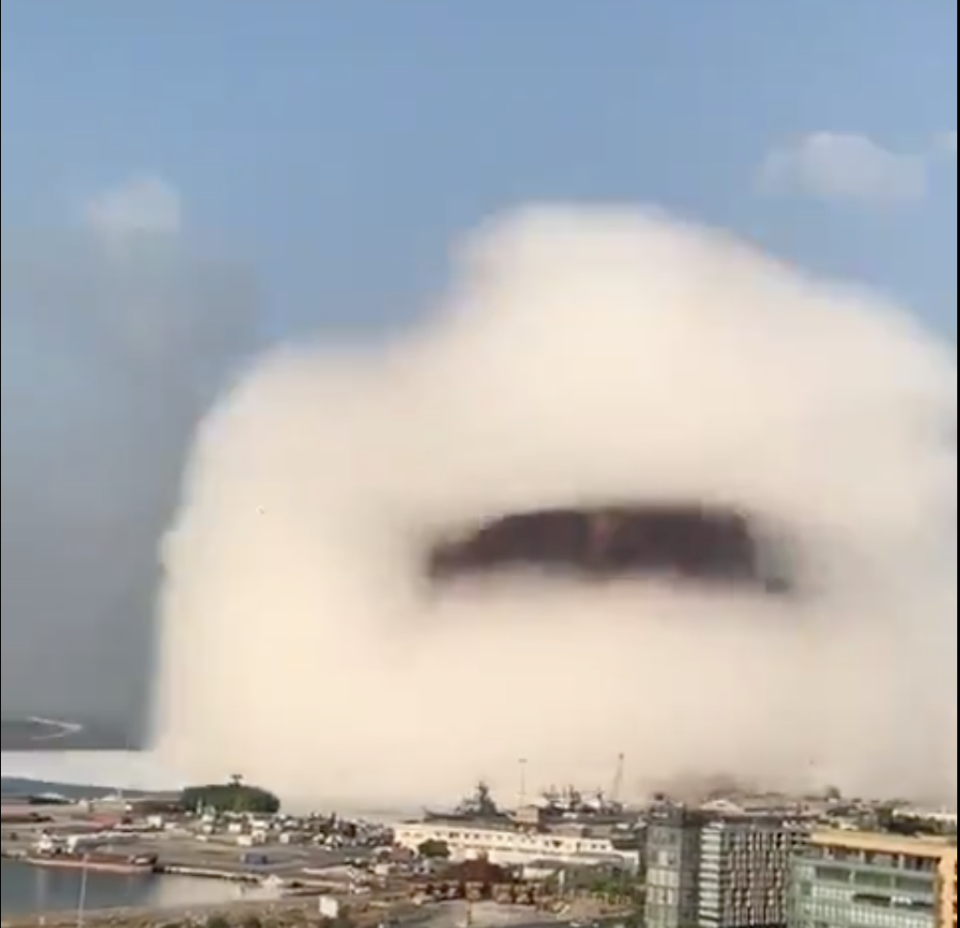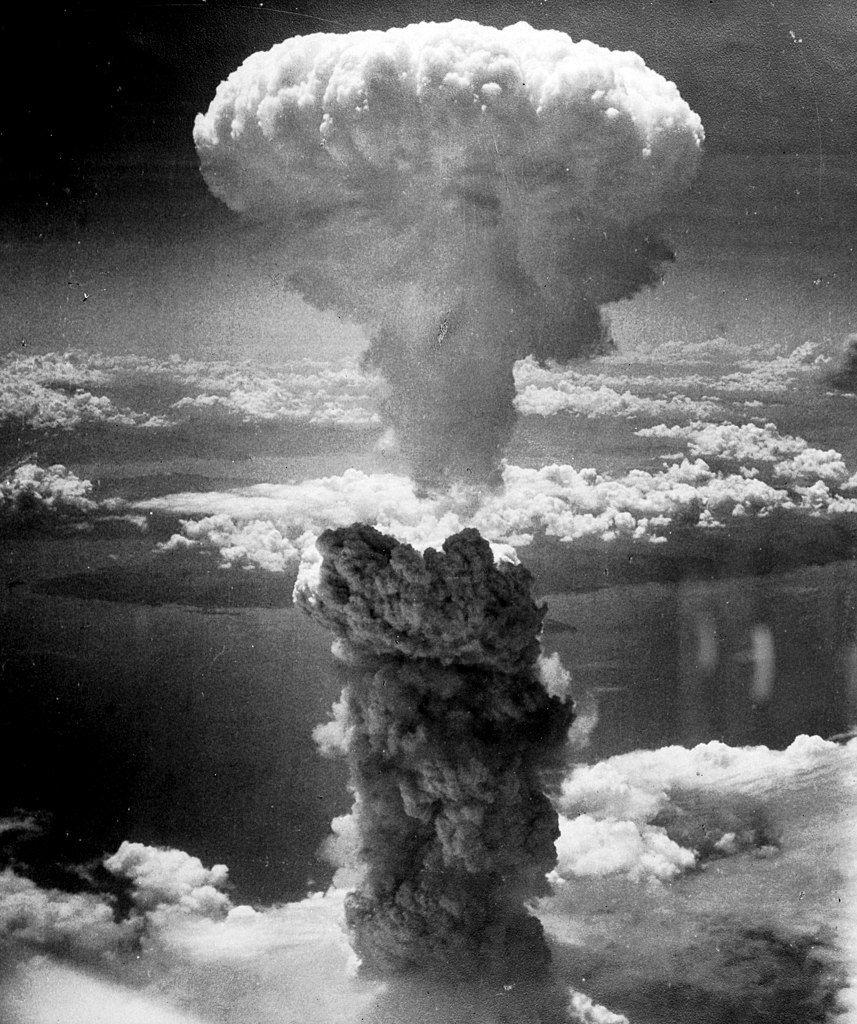Massive Beirut Explosion Shows Mushroom Clouds Aren't Just for Nukes

An explosion in Beirut injured at least 4,500 people and killed 100 on Tuesday.
Reports say the blast started with a fire at a warehouse that contained highly explosive materials.
Despite the mushroom cloud shape that appeared after the blast, this was not the result of a nuclear weapon detonating. Simple physics explains why the explosion formed the shape.
Update 8/5/20: We've updated this story to include the cause of the blast, according to officials.
A massive blast shook the port of Beirut, the capital of Lebanon, on Tuesday, significantly damaging several buildings, displacing 300,000 people, injuring at least 4,500, and killing 100 as of press time. Though many details of the explosion and its aftermath are still developing, Lebanese officials say the blast started with a fire at a warehouse that contained 2,700 tons of government-seized ammonium nitrate, a chemical used to make fertilizer and bombs.
Dramatic footage of the disaster quickly spread on Twitter following the explosion. (Warning: This video contains graphic material.)
My brother sent me this, we live 10 KM away from the explosion site and the glass of our bldgs got shattered. #Lebanon pic.twitter.com/MPByBc673m
— Abir Ghattas (@AbirGhattas) August 4, 2020
Since the explosion formed a mushroom cloud, many Twitter users questioned whether the blast was a result of an atomic bomb. And indeed, for most people, images of a mushroom cloud rising over the horizon immediately bring to mind the detonation of a nuke.
Get unlimited access to Pop Mech's best-in-class science, tech, and defense content.
But nuclear weapons experts indicate that isn’t the case.
Jeffrey Lewis, director of the East Asia Nonproliferation Program at the James Martin Center for Nonproliferation Studies, said on Twitter "there are literally none of the phenomena one sees with a nuclear explosion."
This isn't that complicated, people. There is a fire and a secondary explosion. There are literally none of the phenomena one sees with a nuclear explosion. pic.twitter.com/OeT2ohd7hg
— Jeffrey Lewis (@ArmsControlWonk) August 4, 2020
The truth is large explosions on the ground also produce the iconic mushroom cloud shape, due to simple physics. Here’s a closer look at the mushroom cloud from the blast in Beirut:

And here’s the archetypal mushroom cloud, one that appeared after the atomic explosion over Nagasaki on the morning of August 9, 1945:

Each of these blasts produced a pyrocumulus cloud shaped like a mushroom. In both cases, the physics is the same: the explosion produces hot gas that quickly rises. The air above blunts this hot gas as it tries to move upward, literally pushing it downward and forming the distinctive cap.
This phenomenon is called the Rayleigh-Taylor instability, which describes the interaction between two materials (fluids or gasses) of different densities when they're forced together.

In an explosion, the less-dense hot air is meeting the more-dense cold air and forming it into a mushroom shape. That’s why mushroom clouds aren't confined to nuclear explosions.
We’ll continue to update this story as we learn more information.
Additional reporting by Joe Pappalardo
You Might Also Like

 Yahoo News
Yahoo News 